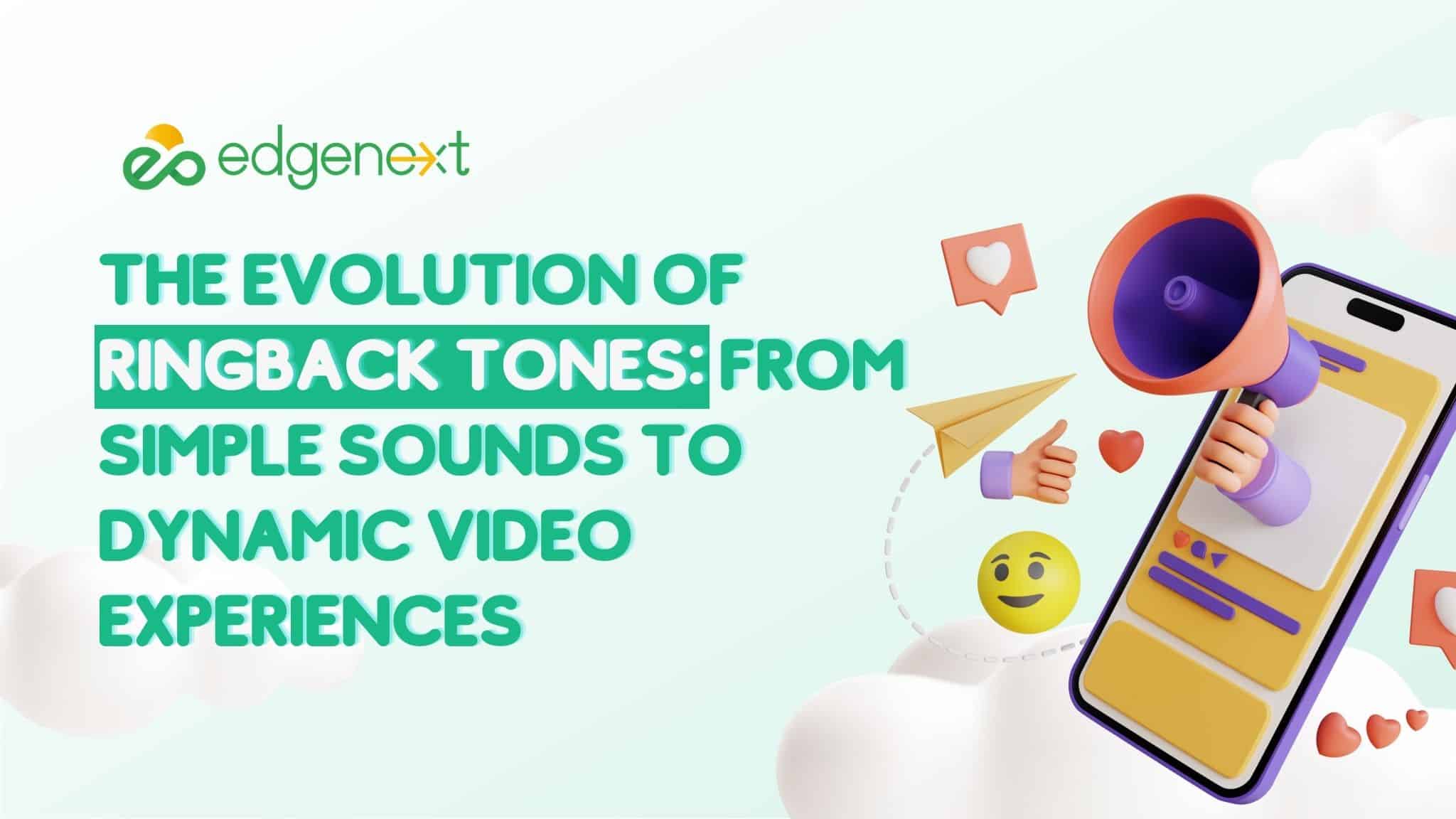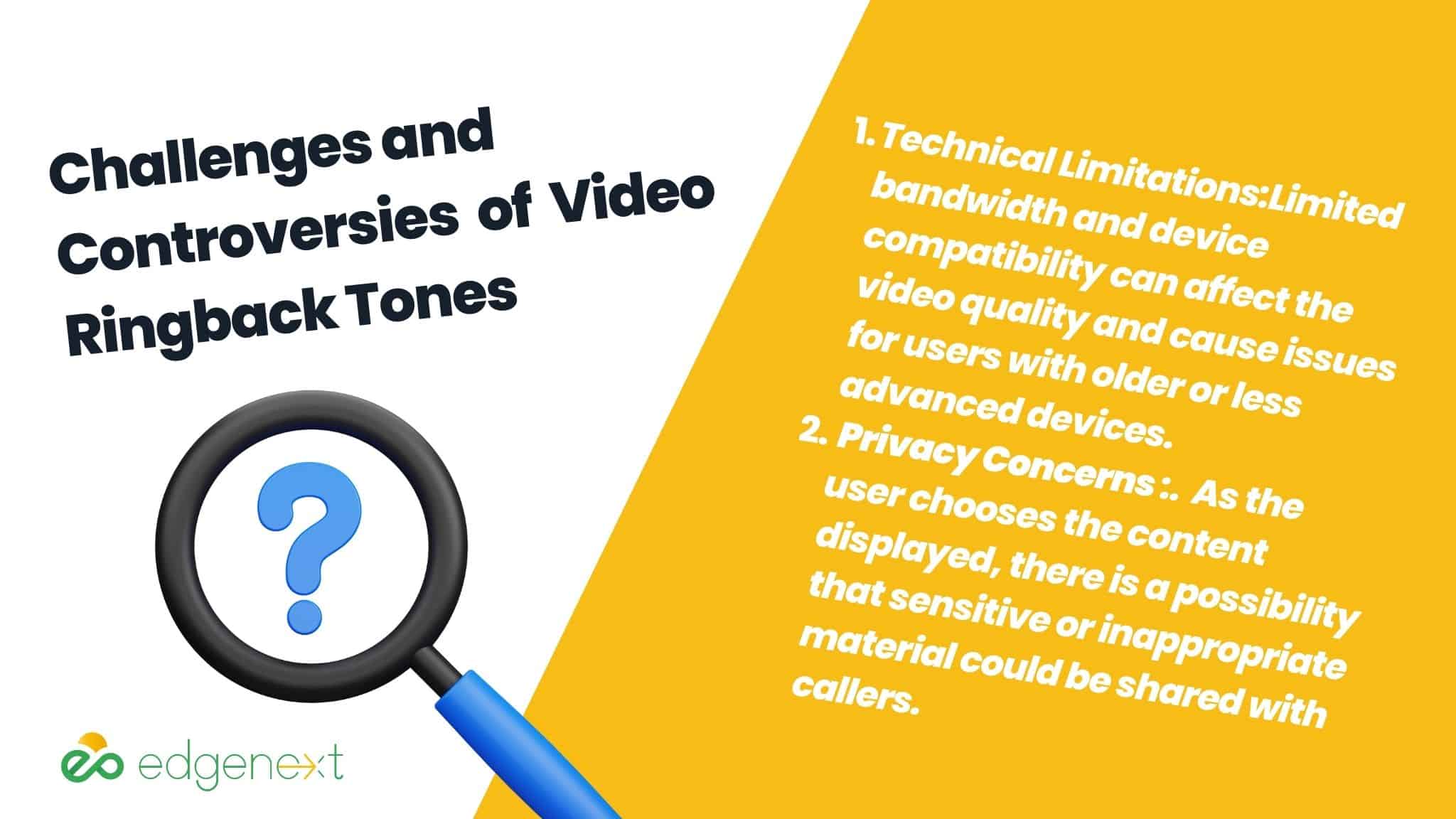
The evolution of ringback tones has come a long way, from the simple sounds of traditional phone rings to now offering dynamic video experiences. With advancements in technology, users can personalize their ringback tones to reflect their unique style and preferences, making them an integral part of personal expression. The options for ringback tones are endless, from nostalgic melodies to trending songs and even custom recordings. Ringback tones have transformed from a “nice to have” phone feature to a personalized and interactive essential user experience.
Ringback tones have come a long way since their inception in the early 2000s. Originally just simple audio clips that played for callers while they waited for the recipient to answer, ringback tones have evolved into dynamic video experiences that can engage and entertain callers like never before. In this document, we will explore the evolution of ringback tones from their humble beginnings to the exciting new developments in dynamic video options. So, let’s dive in and look at how ringback tones have transformed over the years.
Origins of the Ringback Tone
Ringback tones were first introduced as a way for mobile phone users to customize their calling experience. They replaced the standard ring sound that callers heard while waiting for someone to answer with a short audio clip of music or other sounds. These clips could be purchased from mobile carriers or downloaded from third-party websites, giving users more control over how their phone sounded.
At the time, ringback tones served a simple purpose – personalizing and adding fun to the ringing sound callers heard. They were also a way for mobile carriers to generate additional revenue by selling these audio clips. However, as technology advanced and smartphones became more prevalent, ringback tones evolved into something much more than just a customizable audio clip.
The First Customizations
As ringback tones grew in popularity, users began seeking out more ways to customize their experience. This led to the introduction of custom ringback tones, where users could record their voice or create a personalized message for callers to hear while waiting for them to answer. These early customizations allowed for a more personal and unique touch, further adding to the appeal of ringback tones.
As more users started to adopt this feature, it became a trend and a way to express one’s personality or interests through their ringback tone. This also created an opportunity for businesses and brands to use ringback tones as marketing tools, leading to the next phase in the evolution of ringback tones – the shift from audio to dynamic video experiences.
From Function to Personal Expression
With the introduction of custom ringback tones, users were no longer limited to pre-selected audio clips. They could now showcase their personality and individuality through their chosen ringback tone. This led to a surge in popularity, with many people eager to express themselves through this feature. Ringback tones became an integral part of pop culture, with popular songs and catchphrases used as ringback tones. It became a way to make a statement and show off one’s taste in music or sense of humor.
Market Explosion and Commercialization
As ringback tones gained more attention and became a socio-cultural phenomenon, businesses saw an opportunity to capitalize on this trend. Branded and sponsored ringback tones were introduced, where companies could pay for their advertisements or jingles to be used as people’s ringback tones. This generated revenue for mobile carriers and gave brands a new avenue to reach consumers. It also allowed users to access exclusive content or discounts using a particular brand’s ringback tone. This marked the beginning of commercialization for ringback tones.
The Rise of Video Technology in Mobile Communication
As smartphones and mobile technology continued to evolve, so did the capabilities of ringback tones. With the introduction of 4G and now 5G networks, faster data speeds allowed for richer media experiences on mobile devices. A new realm of possibilities for ringback tones developed, including the transition from audio to video content.
Video Ringback Experiences
Video ringback tones work similarly to their audio counterparts. Instead of playing an audio clip, a video is displayed for the caller to watch while waiting for the recipient to answer. This adds visual interest and provides more opportunities for personalization and creativity. Users can now choose from a wide range of videos, such as short clips from movies or TV shows, animations, or even personalized videos recorded by the user. The added visual element has made ringback tones more engaging and attractive to users.
The evolution of ringback tones from simple audio clips to dynamic video experiences has transformed this once basic feature into an exciting and ever-evolving aspect of mobile communication. With the continuous advancements in technology, it will be interesting to see where ringback tones will go next and how they will continue to enhance the calling experience for both users and callers alike.

Technical Limitations
While video ringback tones offer a more immersive and personalized experience, they also come with challenges. Limited bandwidth and device compatibility can affect the video quality and cause issues for users with older or less advanced devices. However, providers, as CNET outlines, mobile carriers are continuously working to mitigate these issues and make video ringback tones accessible to a broader audience.
Privacy Concerns
Video ringback tones have also sparked concerns about privacy and security. As the user chooses the content displayed, there is a possibility that sensitive or inappropriate material could be shared with callers. Mobile carriers have implemented content filters and user consent to display video ringback tones to address these concerns. These efforts aim to protect the privacy of both users and callers while still allowing for a personalized calling experience.
Virtual Reality and Augmented Reality Ringback
With the increasing popularity of virtual reality (VR) and augmented reality (AR) technology, it is only a matter of time before these advancements are incorporated into mobile features such as ringback tones. A Gartner report suggests that by 2025, 50% of high-end phones will be AR-capable, offering the potential for more immersive ringback interactions.
Imagine transporting your caller into a virtual environment or having animated characters interact with them while they wait for you to answer. This could revolutionize how we communicate and add a new level of personalization and engagement to phone calls. The possibilities for VR and AR ringback responses are endless, and it will be exciting to see how this technology will enhance our communication in the future. Overall, the evolution of ringback tones has shown how a simple feature can evolve into a cultural phenomenon and continuously adapt to technological advancements. It will be interesting to see what the future holds for ringback tones and how they will continue to shape our mobile communication experience. So, let’s keep listening and watching as our calls connect with personalized and engaging content from our loved ones, friends, and even our favorite brands. Let the evolution of ringback tones continue.
In conclusion, the evolution of ringback tones has transformed a once essential feature into an exciting and ever-evolving aspect of mobile communication. From simple audio clips to dynamic video experiences, ringback tones have become a way for users to express their personality and for businesses to reach consumers. With technological advancements, we can only imagine where ringback tones will go next.
Contact EdgeNext 5G Video Ringback Tones Expert today. Discover how we can usher in a new era of conversation.

© 2025 EdgeNext Copyright All Right Reserved